For some species, time on planet Earth is running out. Human beings are the greatest threat to the survival of endangered species with poaching, habitat destruction, and the effects of climate change causing a lot of the problems. Amazingly, they are under the care of many zoos and sanctuaries so that they can still survive in this place.
A species is classified as endangered when its population has declined between 50 and 70 percent and as when its population is restricted to less than 250 mature individuals. When a species’ population is this low, its area of occupancy is not considered. These are actually 5 endangered species worldwide.
1) Thick-Billed Parrot

A thick-billed parrot lives in the cold and often snowy pine forests of northern Mexico, the apple-green plumage of these beautiful birds helps them to blend in amid the pines. Intelligent, curious, and social, they are also powerful flyers, able to outmaneuver predators by diving toward the ground and into the trees.
Hunting and logging have combined with disease and illegal trapping to drastically reduce the thick-billed parrot population so that they are currently classed as endangered (IUCN). It is estimated that there could be as few as 1,000 breeding pairs in the wild, with half of these restricted to a precariously small 6,000-acre tract of forest.
2) Southern Three-Banded Armadillo
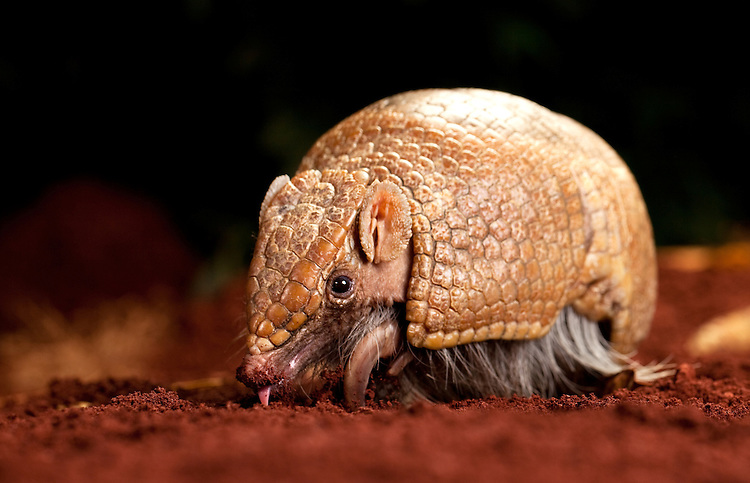
A southern three-banded armadillo is indigenous to central South America, these dinosaur-like mammals can be found hiding in dense vegetation where they forage for termites, ants, and fruits. Protected by distinctive plates of leathery armor, three-banded armadillos are unusual in being able to roll themselves into a ball when threatened, making them invulnerable to all but the most powerful predators.
But predators are not the only danger as the southern three-banded armadillo has been classified as a near threatened species (IUCN) as agricultural development transforms its natural habitat from savanna and shrubland to cultivated crops. Its survival chances are further reduced by a low reproductive rate, with females giving birth to just single young each year. Fortunately, the species is showing an ability to adapt to at least low levels of agricultural disturbance.
3) Golden Lion Tamarin
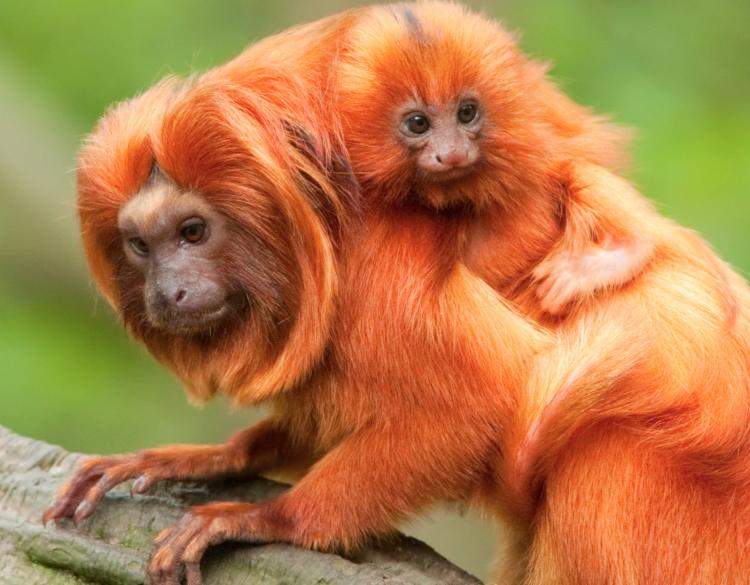
A golden lion tamarin is named for the majestic mane of golden hair that frames its charismatic dark face, these small, squirrel-sized primates live mostly in the trees of the Atlantic coastal rainforest of Brazil. Here they form social family groups, carrying their young on their backs while foraging for insects, small lizards, and sweet fruits – a task made much easier by their long slender fingers.
Listed as endangered (IUCN), the golden lion tamarin has lost as much as 98 percent of its original habitat in Brazil through the expansion of agriculture, logging, and industry. However, the success of reintroducing captive-bred golden lion tamarins, as well as the translocation of threatened groups and efforts to protect and restore this tiny primate’s habitat, are all contributing to the golden lion tamarin’s chances of survival.
4) Cheetah

A cheetah is known as the world’s fastest land mammal, the cheetah can go from 0-60 mph in just three seconds, and can skillfully execute turns at speed to bring down prey. Stealth is equally important for the cheetah’s success, and a yellowish-tan coat and distinctive black spots help it to blend into the high, dry grasses of its hunting grounds.
However, human activity means that those hunting grounds are shrinking. In Africa, cheetahs survive in only 10 percent of their historic range and have almost completely disappeared from Central Asia. This big cat’s population decline is exacerbated by the cheetah’s low reproduction rate: giving birth to fewer offspring means it’s harder for the species to adapt to environmental changes. Today the cheetah is listed as vulnerable (IUCN), and could be heading toward extinction if efforts to increase its gene pool and preserve its habitats fail.
5) Arboreal Alligator Lizard
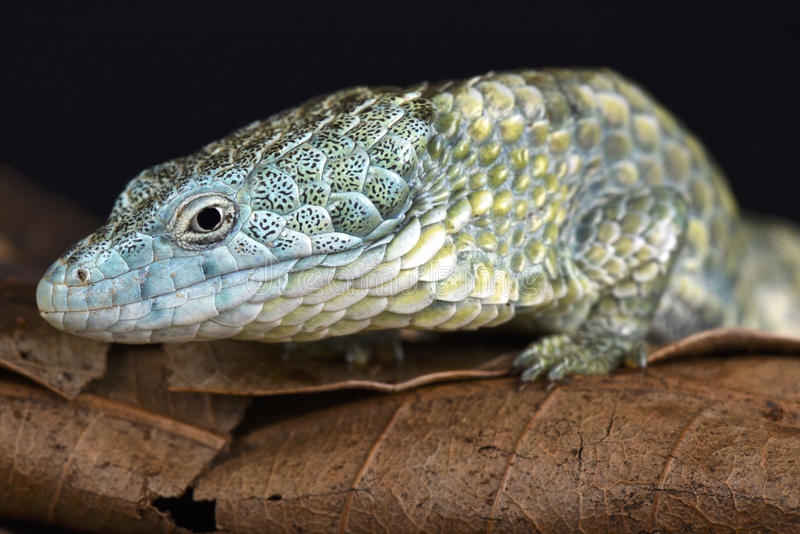
An arboreal alligator lizard range in color from teal blue to deep green, they have pale, yellow bellies and yellow-ringed eyes. Tiny and secretive, the arboreal alligator lizard lives in the humid canopy of cloud forests, often 130 feet above the forest floor, where its prehensile tail helps it to climb and navigate through the treetops as it hunts for insects.
Native to Guatemala, arboreal alligator lizards are listed as vulnerable (IUCN) because deforestation and degradation, largely for agriculture, threaten their habitat. Capture for the pet trade is also a problem. Field research combined with government protection, captive breeding programs, and habitat restoration is helping to preserve these unique animals.
Sources: National Geographic.

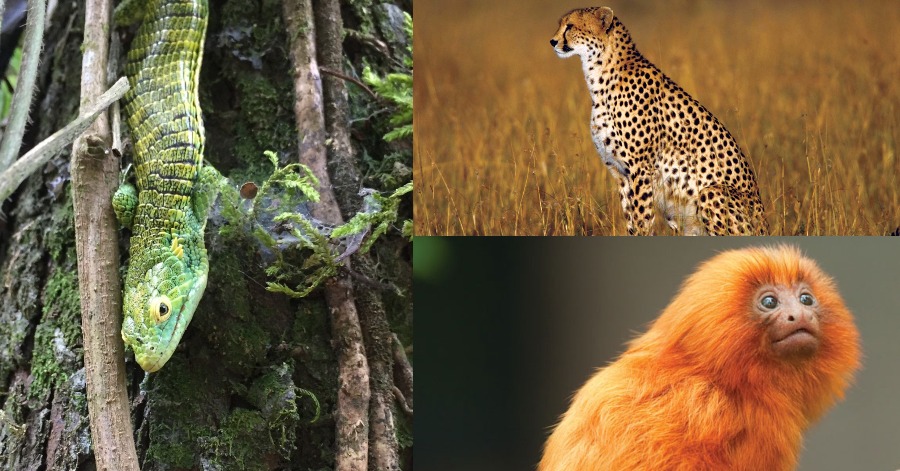


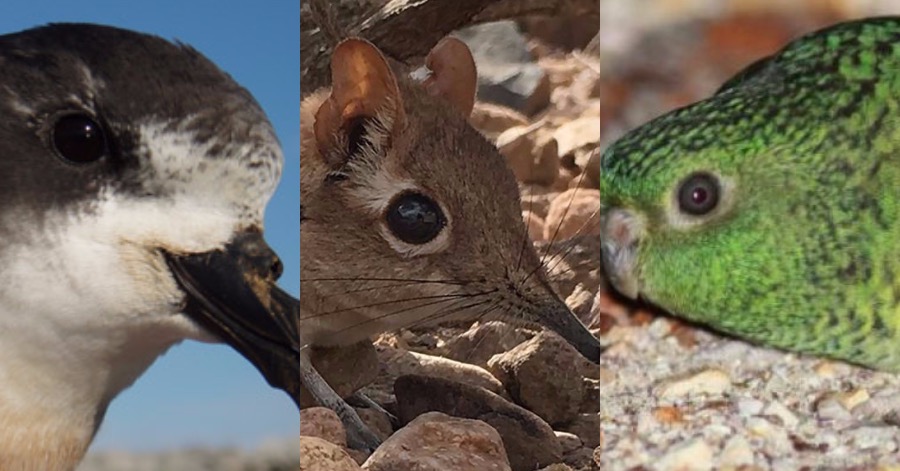
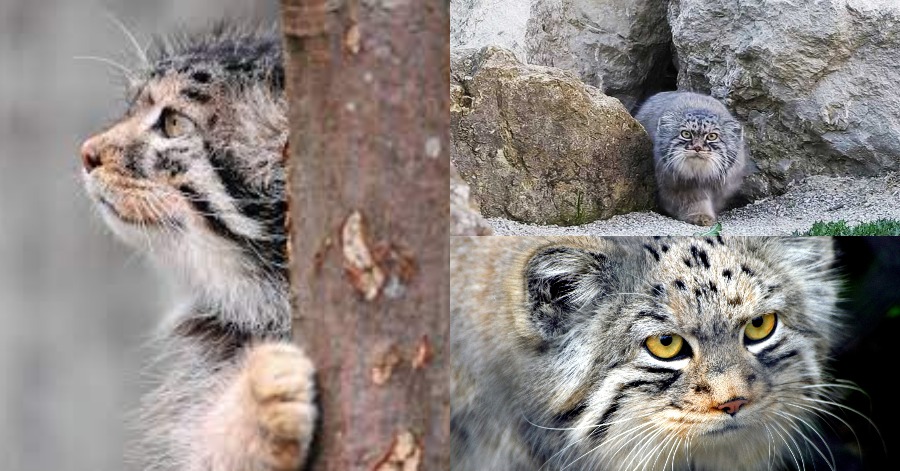



Leave a Comment